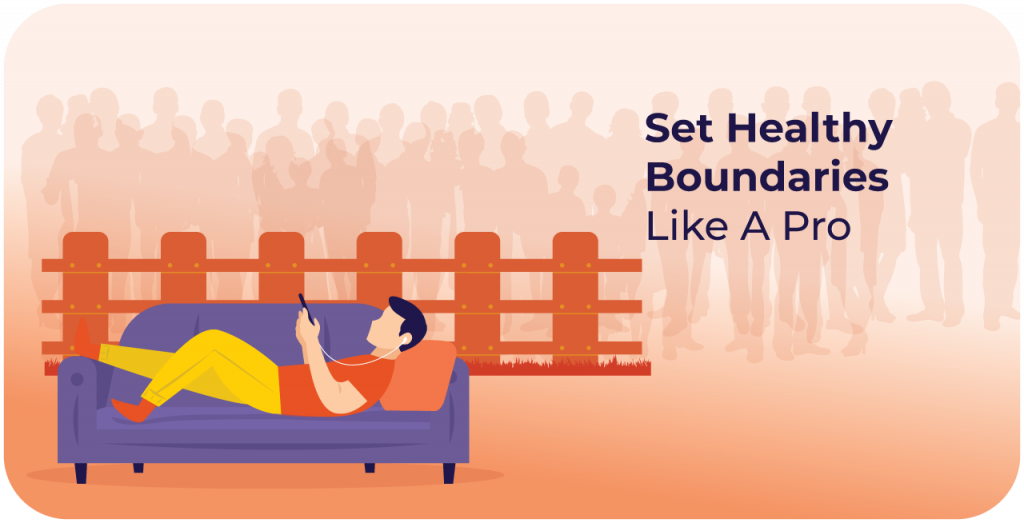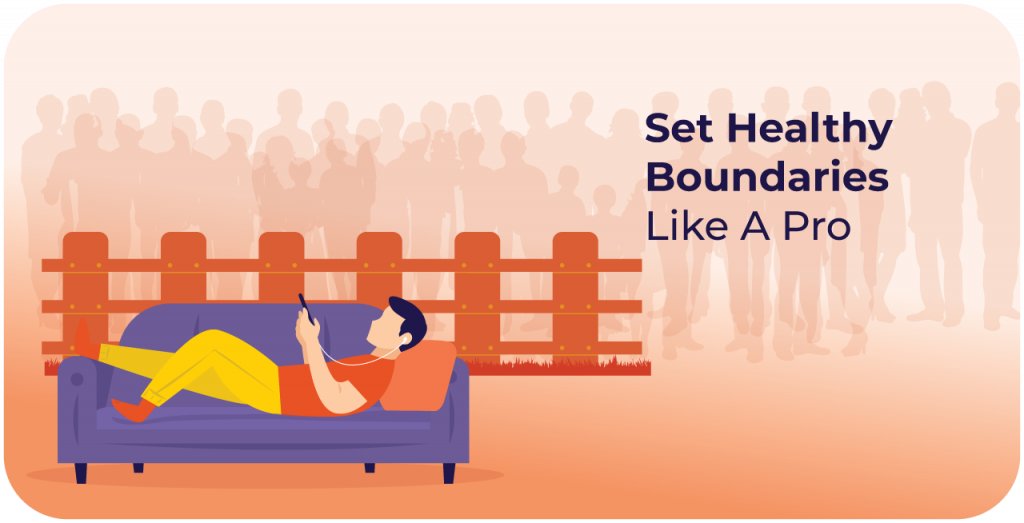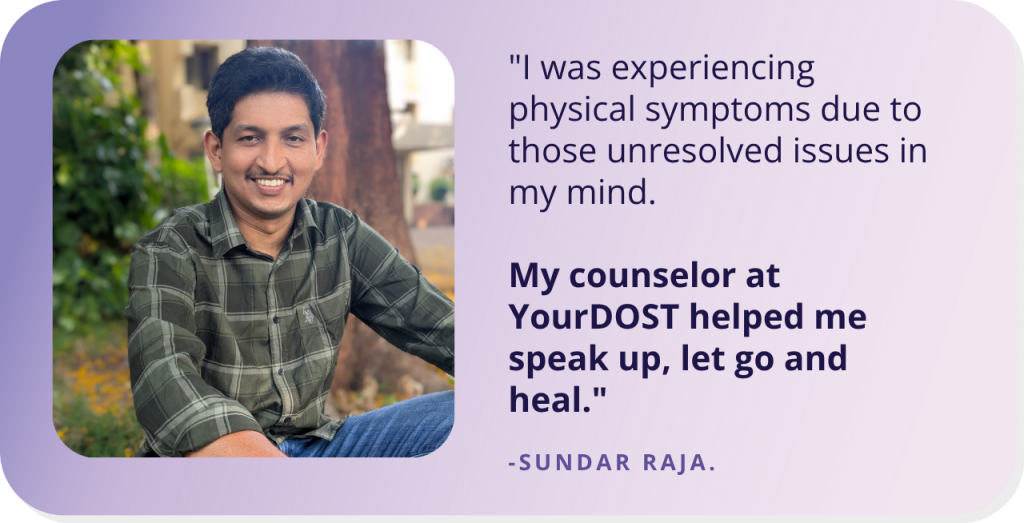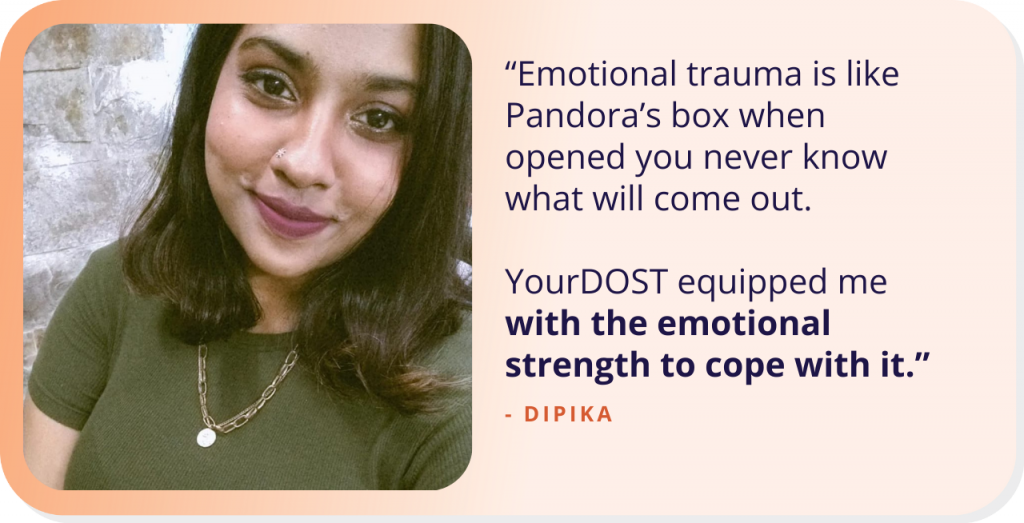
How to set healthy boundaries like a pro

Have you ever found yourself constantly tiptoeing around a friend to avoid conflict? Or maybe you always give in to everyone’s demands, leaving yourself drained and exhausted. If this sounds familiar, you’re not alone. A survey revealed that 56% of respondents faced mental health consequences due to personal relationship boundary issues. This highlights the critical need to establish and communicate healthy boundaries for our well-being and to maintain positive social interactions.
Boundaries aren’t walls—they’re essential guidelines that define our needs, wants, and limits. When set properly, they foster healthier, more respectful relationships. While it might sound easier said than done, here are three effective strategies to help you get started on setting and maintaining boundaries.
1. The Firewall: Protecting Yourself from Harmful Influences

Think of this tip as your personal firewall—a protective barrier that blocks out any harmful or disrespectful behavior. Establishing boundaries isn’t about shutting people out; it’s about safeguarding your mental and emotional well-being.
How to Implement It:
- Start by identifying red flags and behaviors that make you uncomfortable. Trust your instincts.
- Communicate your limits clearly and assertively. It’s perfectly okay to say “no” without offering explanations.
- Focus on your own needs first. You don’t owe anyone a justification for the boundaries you set.
2. The Grooming Brush: Curating Your Social Circle

This strategy is all about grooming your social environment to align with your values and needs. Just like using a brush to groom yourself, you should carefully select the people you surround yourself with, focusing on those who bring positivity, growth, and joy into your life.
How to Implement It:
- Identify the people who consistently uplift and support you, and invest more time in those relationships.
- On the flip side, recognize those who drain your energy or trigger negative emotions. Gradually reduce the time and energy you spend with them.
- Remember, prioritizing your well-being isn’t selfish—it’s necessary for your mental and emotional health.
3. The Mirror: Reflecting on Your Own Behavior

This final strategy is about self-awareness and respecting others’ boundaries. Setting boundaries isn’t just about protecting yourself; it’s also about being mindful of how your actions affect those around you. Think of it as looking in the mirror and acknowledging both your strengths and areas for growth.
How to Implement It:
- Regularly reflect on your interactions and consider how they impact others. Be willing to seek feedback and make changes if needed.
- Apologize and make amends if you realize you’ve crossed someone’s boundaries.
Setting healthy boundaries isn’t always easy, but it’s essential for protecting your mental and emotional well-being. By using the strategies above, you can create guidelines that allow you to maintain your integrity, respect others, and build more fulfilling connections.
If you’re struggling to set boundaries or need additional support, our experts are here to help. Don’t hesitate to reach out and start your journey toward healthier relationships.






